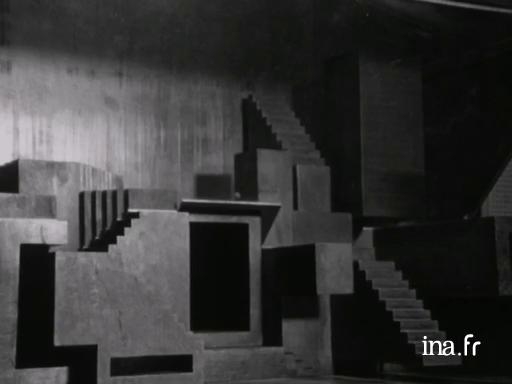Joseph Svoboda's work as a stage designer

Information
Conversation with the commissioner of the exhibit dedicated to the work of the famous Czech stage designer, Josef Svoboda, and a presentation of several stage models and the principle of the magic lantern.
- Europe > France > Ile-de-France > Paris
- Europe > Germany
- Europe > Italy
- Europe > Netherlands
- North America > United States
Context
Josef Svoboda (1920-2002), Czech scenographer, was a precursor to on-stage use of leading techniques in lighting, electronics, image projection and scene mechanics, but always giving priority to artistic expression. He considered light as a fundamental element of scenography and invented a system of low-voltage footlights for the stage, called "Svoboda".
Trained in carpentry and interior architecture, he completed his first scenography in 1943 and in 1945 he was working in the Prague Opera house. In 1958 he collaborated with the producer Alfred Radok on the showLanterna Magika, for which he developed the polyekran and won the grand prize and the Universal Exposition in Brussels. This show would give his name to the famous Prague theatre which he became artistic director of and which was integrated into the National Theatre in 1970.
Josef Svoboda created nearly 700 scenographies throughout the world and received several prizes and distinctions.



























